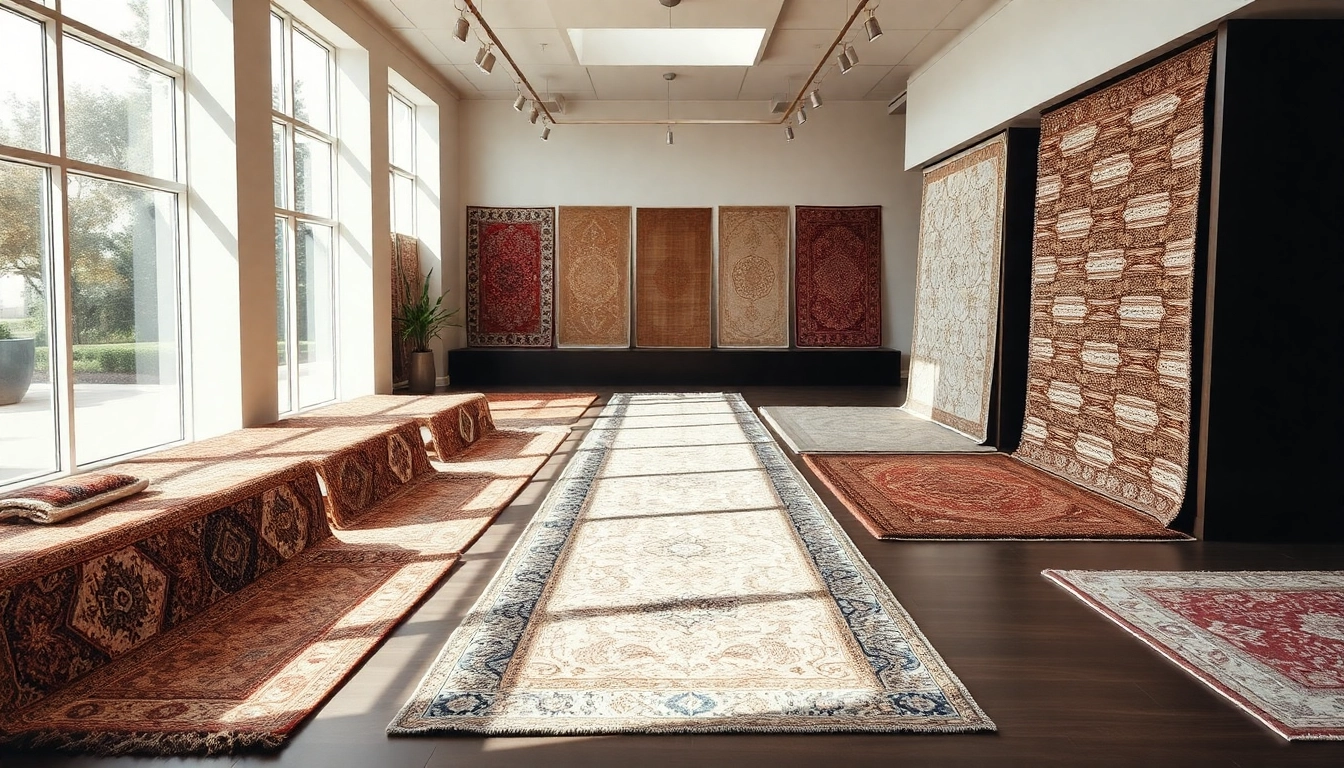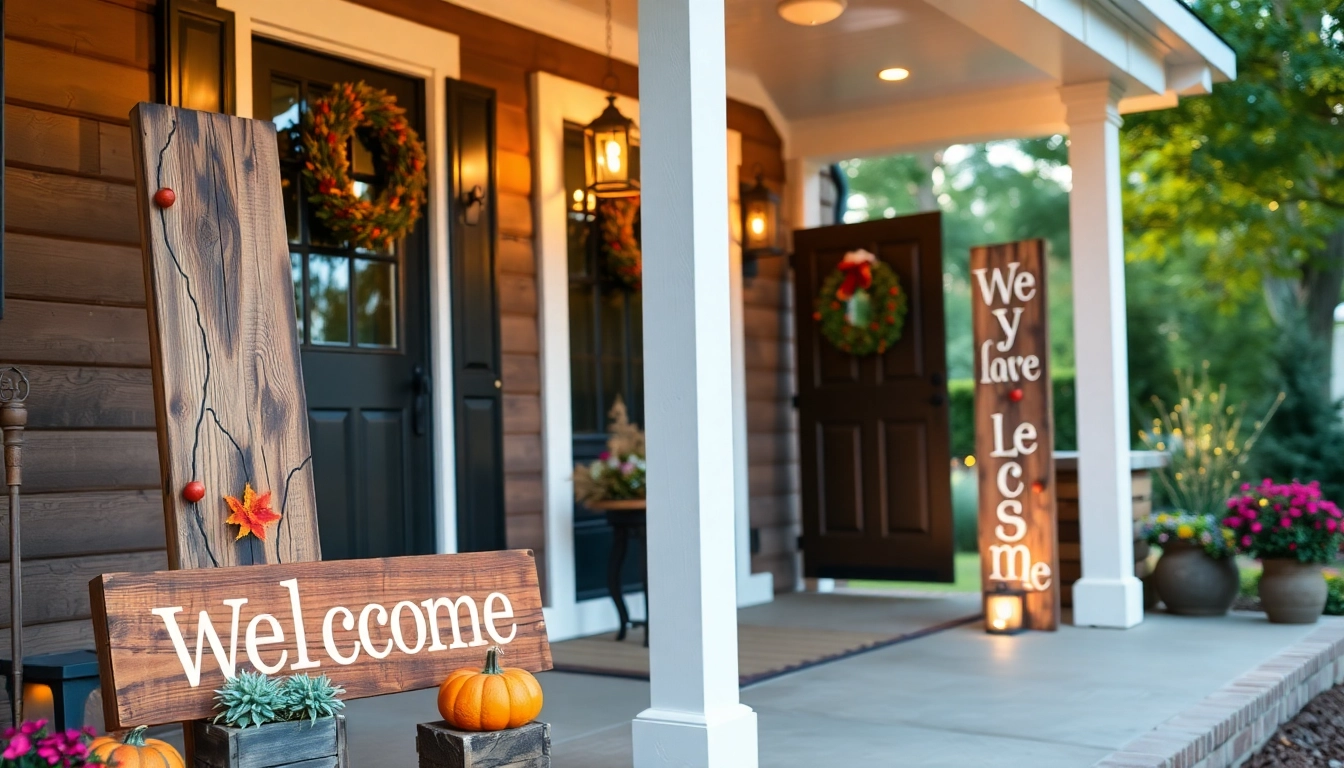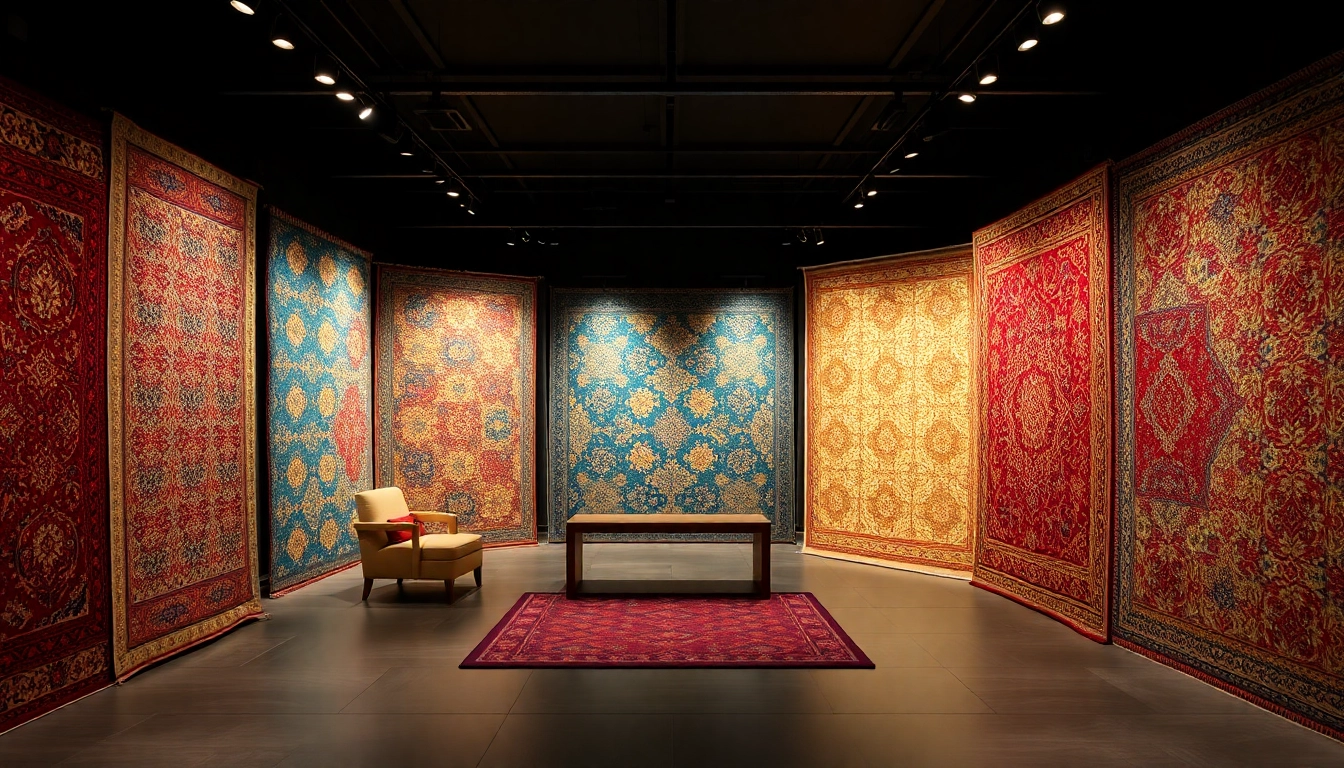Understanding the Tappeti a Milano Market
Overview of Tappeti Varieties Available in Milan
Milan, known globally as a hub of design, fashion, and high-quality craftsmanship, boasts a vibrant market for Tappeti a Milano. The city offers an impressive array of rug varieties that cater to diverse tastes and interior styles. From traditional Persian and Oriental pieces to modern, geometric designs, Milan’s rug scene is both rich and evolving. You can find authentic handwoven persians such as Nain, Tabriz, and Heriz, renowned for their intricate patterns and durable craftsmanship. In addition, the city hosts a multitude of contemporary collections featuring bold patterns, vibrant colors, and innovative materials like eco-friendly fibers and sustainable dyes.
For those seeking a more eclectic touch, vintage and kilim rugs provide character and history, often sourced from regions such as Anatolia and the Caucasus. These pieces are prized for their unique patterns and craftsmanship, often passed down through generations. On the technological front, Milanese suppliers increasingly incorporate innovative materials, like recycled plastics and natural dyes, responding to global sustainability trends while maintaining aesthetic appeal.
Historical Significance of Traditional Tappeti in Milan
Historically, Milan has played a pivotal role as a trading hub for exotic and luxurious textiles, integrating traditional tappeti into its design culture. As early as the Renaissance period, imported oriental carpets adorned the palaces and noble estates of Milan, symbolizing wealth, taste, and global connections. These rugs not only served functional purposes but also represented social status and cultural exchange, linking Milanese aristocracy with distant regions such as Persia, the Caucasus, and the Far East.
Over centuries, these traditional tappeti influenced local artisans and designers, leading to a fusion of styles that have persisted into modern Milan. Today, renowned galleries and specialized boutiques preserve this legacy, offering authentic antique and vintage pieces that serve as both valuable investments and historical artifacts. Their significance extends beyond aesthetics, embodying centuries of craftsmanship, cultural exchange, and Milan’s long-standing tradition of luxury interior design.
Current Trends in Tappeti Designs and Materials
Modern Milanese consumers and designers favor rugs that blend tradition with contemporary aesthetics. Currently, there is a rising trend toward minimalist, geometric, and abstract patterns that complement sleek, modern interiors. Materials have also diversified; synthetic fibers like polypropylene and polyester are popular for their affordability, stain resistance, and ease of maintenance, particularly in high-traffic spaces.
Simultaneously, eco-conscious consumers seek sustainable options. Handwoven rugs made from natural fibers like wool, jute, and cotton are gaining popularity, often sourced from ethical suppliers. Artisan-made kilims and Gabbeh rugs are in demand for their authenticity and handcrafted quality, serving as statement pieces that add warmth and texture to any room.
Color palettes in current trends range from neutral tones—beige, gray, and cream—to bold, vibrant colors like royal blue, emerald green, and warm reds. Designers often use layered textures and contrasting patterns to create visual interest. Furthermore, technological advancements enable the creation of rugs with innovative dyeing techniques, UV-resistant finishes, and allergy-friendly materials, ensuring durability and sustainability.
Choosing the Perfect Tappeti a Milano for Your Home
Factors to Consider: Size, Style, and Material
Selecting the ideal tappeto for your space involves a careful assessment of various factors. First, consider the size: measure your room to ensure the rug fits proportionally, leaving enough margin around furniture, but also filling space to avoid a “floating” effect. For living rooms, larger rugs that anchor seating areas are recommended, while smaller rugs suit entryways and bedrooms.
Style is equally critical. For a classic, elegant look, Persian or Oriental rugs with detailed motifs and rich colors work beautifully. Modern interiors benefit from minimalistic designs, geometric patterns, and monochrome or subdued color schemes. Material choices also impact both aesthetics and practicality. Wool remains a staple for its softness and resilience, while silk adds luxury with a subtle sheen. For high-traffic areas, durable synthetics are pragmatic but can be mimicked to look authentic.
Understanding the functionality of different materials helps tailor your choice to lifestyle needs. Natural fibers like jute or sisal create a rustic vibe, whereas synthetic fibers offer easy cleaning — ideal for homes with children or pets. Likewise, eco-friendly options not only enhance sustainability but often age gracefully, developing a patina with time that adds character.
Where to Find Authentic Tappeti in Milan
Milan hosts numerous specialized stores and showrooms offering authentic, handcrafted tappeti. Notable destinations include Artorient Milano, which boasts a vast selection of Persian, Oriental, and modern rugs. They feature an extensive catalog that caters to diverse tastes, from traditional antique pieces to contemporary designs.
Another prominent destination is Outlet Tappeti, renowned for its selection of high-quality, luxury rugs at competitive prices, both in physical stores and online. For more bespoke options, consider visiting specialized antique dealers and galleries such as Cohen Tappeti or Azerbaijan Tappeti, which have been serving Milanese clientele since decades.
Additionally, Milan’s artisan neighborhoods and markets often host pop-up shops and fairs where local weavers and importers showcase unique, authentic pieces. Verifying the origin, craftsmanship, and documentation of antique or vintage rugs is essential when purchasing from such vendors.
Tips for Matching Tappeti with Your Interior Design
Integrating a rug seamlessly into your home’s design requires strategic planning. The key is harmony—matching colors, patterns, and styles with existing furniture and décor. For a modern, minimalist space, opt for rugs with subtle patterns and neutral tones to maintain clean lines.
In contrast, traditional or bohemian interiors flourish with elaborately patterned Persian or Kilim rugs that serve as focal points. Layering rugs can also add depth and dimension, especially when combining different textures and sizes. For example, a vintage kilim under a contemporary leather sofa creates a striking blend of old and new.
Lighting and placement are equally vital. Well-lit areas highlight the richness of intricate motifs, while placement at the center of a room helps anchor furniture arrangements. Keeping the rug’s edges aligned with the room’s dimensions ensures a balanced, cohesive look. Ultimately, the right rug enhances your space’s character and comfort, reflecting your personal style.
Maintaining and Restoring Tappeti a Milano
Best Practices for Cleaning Handwoven Rugs
Proper maintenance preserves both the beauty and longevity of high-quality tappeti. Regular vacuuming without a beater bar prevents dirt buildup and maintains fiber resilience. For handwoven and antique rugs, gentle cleaning is crucial to avoid damaging delicate knots or fibers.
Spot cleaning with mild, pH-neutral detergents and avoiding excessive moisture prevents color bleeding and fiber deterioration. Immediate attention to spills, especially liquids like wine or coffee, minimizes staining. Using a clean, soft cloth or blotting gently helps prevent deep-set stains.
Periodic professional cleaning is highly recommended. Experts in Milan employ specialized techniques for safe removal of dirt and allergens, such as dry cleaning or low-moisture methods that preserve the rug’s integrity and colors.
Professional Restoration Services in Milan
When a rug suffers damage—be it frayed edges, color fading, or intricate knot loss—restoration services are invaluable. Milan features numerous specialists skilled in repairing, restoring, and conserving authentic tappeti. Restorers use traditional techniques like re-weaving and color matching to revive antiques or vintage finds, ensuring their value and beauty are maintained.
For example, seasoned artisans can replace missing knots or clean and re-dye faded areas using natural dyes that match original hues. Restoration extends the life of your investment, maintains historical authenticity, and allows your rug to grace your spaces for generations.
Long-Term Care Tips for Preserving Your Tappeti
Beyond cleaning and restoration, long-term preservation involves strategic placement and environment control. Avoid placing rugs in direct sunlight, which exacerbates fading, and use UV-protective window treatments if necessary. Humidity fluctuations can cause fibers to warp or mold; thus, maintaining a stable indoor climate is vital.
Implementing pad undersides reduces slippage and prevents wear, especially in high-traffic areas. Rotating the rug periodically ensures even wear and fading, while avoiding dragging furniture across the surface prevents tearing or fraying. Small protective measures significantly extend your tappeti’s aesthetic appeal and functional lifespan.
Investing in Quality Tappeti a Milano
Benefits of Handcrafted Vs. Machine-Made Rugs
Handcrafted tappeti in Milan embody artistry, tradition, and exclusivity, often resulting in higher value and aesthetic distinction. The meticulous process of knotting or weaving by artisans ensures durability, unique patterns, and a soul that mass-produced, machine-made rugs cannot replicate.
Machine-made rugs, while more affordable and readily available, tend to lack the artisanal quality and may not age well. However, they are suitable for casual or high-traffic environments where cost and practicality are priorities.
Investing in handcrafted rugs often yields long-term benefits, including increased resale value, cultural significance, and the ability to serve as a statement piece that elevates interior decor.
Price Ranges and Value Appreciation
In Milan, authentic handmade tappeti can range from €500 for smaller, contemporary pieces to over €20,000 for rare antique Persian or Caucasian rugs. Prices depend on factors like age, rarity, size, and craftsmanship complexity.
Historically, quality antique rugs tend to appreciate over time, especially those with provenance and authenticity verified through certificates. Regular maintenance and careful handling can further enhance the value of your investment.
Where to Buy Authentic Tappeti Handcrafted in Milan
Purchasing from reputable dealers, galleries, or direct importers ensures authenticity. Many boutiques in Milan, such as those listed earlier, offer certification, provenance documentation, and expert advice. Choosing authorized sellers guarantees your rug is genuine and well-maintained, reducing risks associated with counterfeit or inferior quality pieces.
Future Trends and Opportunities in Tappeti a Milano
Emerging Styles and Eco-Friendly Materials
The future of tappeti in Milan aligns with sustainability and innovation. Eco-conscious production, such as rugs made from recycled fibers and natural dyes, is on the rise. Designers are experimenting with new patterns blending traditional motifs with contemporary aesthetics, including digital printing and sustainable weaving techniques.
Minimalist, monochrome designs and textured rugs with organic shapes are gaining popularity, appealing to a new generation seeking both authenticity and environmental responsibility.
Innovations in Tappeti Production and Design
Technological advances, such as 3D weaving, dyeing automation, and digital pattern design, are transforming the industry. These innovations enable faster production, customization, and reduced environmental impact. Milan’s design scene is embracing such developments, allowing clients to commission bespoke rugs that align perfectly with their interior vision.
Additionally, smart fibers embedded with antimicrobial properties or UV protection are emerging, combining traditional craftsmanship with high-tech enhancements.
Collecting and Curating Unique Tappeti for Investment
As the market for antique and designer rugs matures, curated collections become a savvy investment. Milanese collectors focus on provenance, craftsmanship, and rarity, carefully sourcing pieces that may appreciate over time.
Attending auctions, partnering with established dealers, and staying informed about market trends are essential strategies for curators and investors. Proper documentation and preservation techniques further preserve value, making tappeti a Milano not just part of interior decor but also a long-term asset class.



